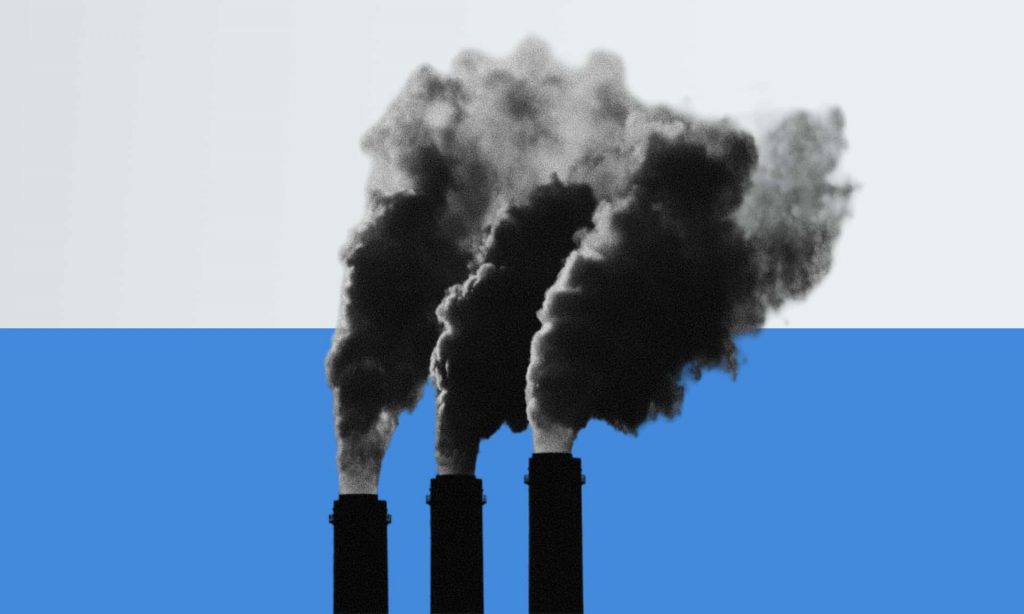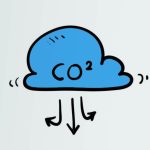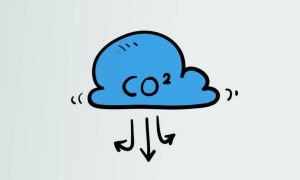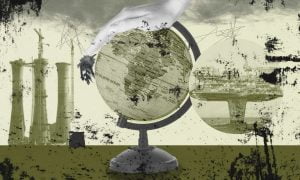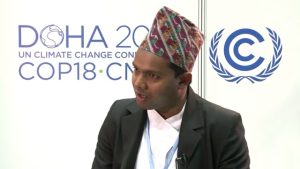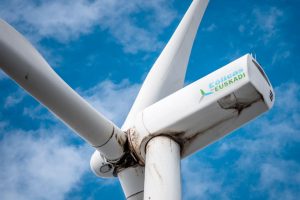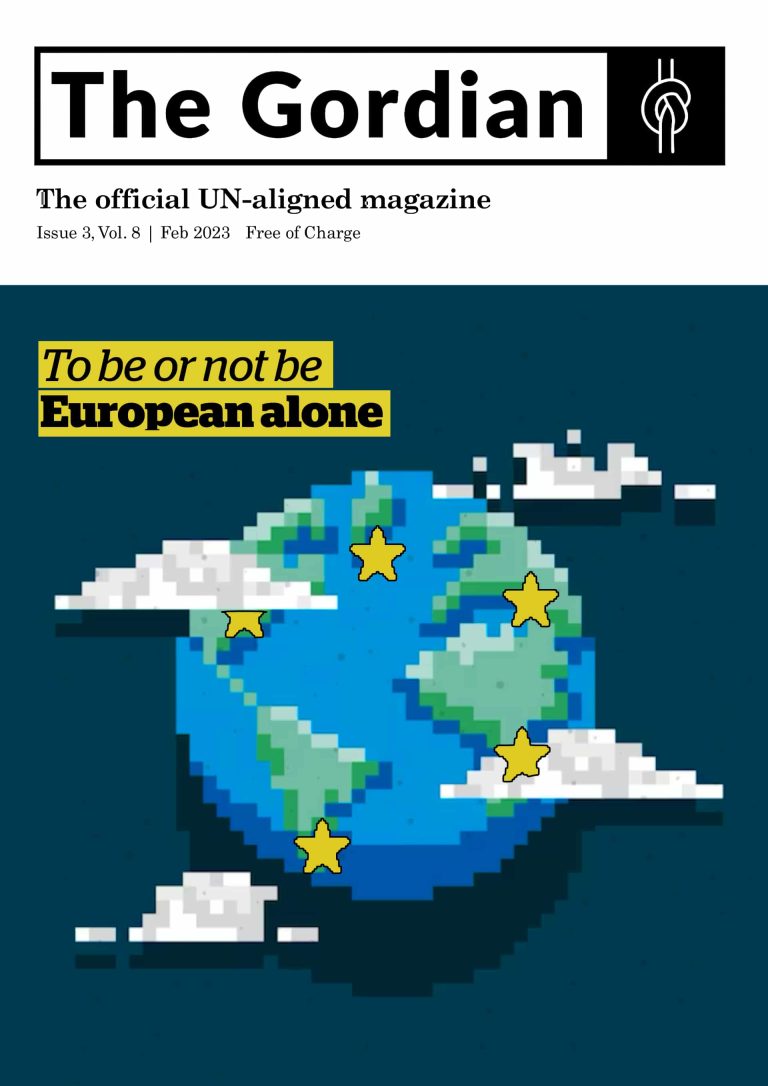Energy is one of the inalienable stanchions of modern human-social-industrial life. The current global temperature is 1.1 degree centigrade above pre-industrial levels. The recent devastating events like increase in glacial lake outburst floods, droughts , cyclones, forest fires, and the like could be attributed to the rising global temperatures. As the pernicious effects of global warming are now no longer covert, it is high time to resort to decarbonisation using a combination of efficient technologies and carbon dioxide sequestration.
Moreover, the global world order has witnessed a rise in protectionism post COVID 19. The cataclysmic war between Russia and Ukraine serves as a testimony to this fact. Countries suffering from a dearth of essential non-renewable energy resources like oil and natural gas are being manacled. This necessitates the development of indigenous alternate technologies to ensure energy security. These technologies should promote decarbonisation and circularity apart from ensuring energy security to make them sustainable in the long term.
Let us now explore the strategies to achieve decarbonisation in consonance with energy security more closely.
Promoting solar energy and wind energy in conjunction with each other is essential to promote the concepts of decentralised microgrids. Solar energy and wind energy complement each other well. Solar power output peaks during the daytime whereas onshore wind power output peaks at night. The advantage with solar however is that it is less site specific compared to wind. Rooftop solar photovoltaic deployment on a large scale can ensure that power is generated from multiple energy generators and would reduce reliance on a single generation unit. To augment its adoption, policy interventions like net metering need to be deployed. Further, initiatives like HVAC or HVDC cross country power transmission that promote the concept of super grids can also be deployed. For intermittent sources like solar and wind, these reduce the problems associated with the lack of input source (solar radiation or optimum wind speed) in a particular location at a particular time interval. This can be attributed to the fact that solar power output peaks at different longitudes at different times. If super grids become techno-economically viable, the problems associated with expensive large scale energy storage can be reduced substantially. In this regard, a possible short duration storage option could be small hydro pump based storage. In this technology, surplus solar and wind energy could be used to pump water to a specific height at times when supply exceeds demand. Inversely, when demand exceeds supply, the potential difference of the water stored at a height could be converted into kinetic energy and can be used to drive turbines to generate electricity.
For long term storage of surplus wind and solar power, ammonia could be a viable option. Surplus solar and wind energy could be used to power water electrolysis units and produce hydrogen and oxygen from water. Nitrogen can be separated from air using fractional distillation or pressure swing adsorption. It can be made to react with the hydrogen obtained to produce ammonia, as ammonia is a better option for storage compared to hydrogen due to its higher volumetric energy density. Storage of ammonia can be done at much higher temperatures than hydrogen reducing refrigeration costs. Further, it can be transported much more easily than hydrogen from one place to another thereby reducing logistical hassles. The ammonia could be re- converted into hydrogen using suitable catalysts as per need . The hydrogen thus produced could be used to drive fuel cell electric vehicles. This process is relatively clean and emission free apart from reducing dependency on natural gas, gasoline and diesel. This would help to reduce the fiscal deficit of nations which import a significant percentage of their crude oil requirements. Specialised Underground caverns should be built to store green ammonia leading to the creation of ammonia reserves. This would reduce the vulnerability of the nation to oil shocks and the corresponding inflation.
Furthermore, clean fuel procurement obligations should be introduced in addition to renewable power purchase obligations. The contribution of individual clean fuels and clean power generators could be made flexible as per geography. For example, littoral states or states in the subtropical high pressure belts, having ample wind speed and receiving ample sunshine respectively, could contribute a greater proportion of green hydrogen. On the other hand, states having a sizable amount of forest cover could opt for the production of blue hydrogen using steam methane reforming followed by carbon capture and storage. The methane could be obtained from anaerobic decomposition of biomass.
As solar and wind energy are intermittent and non- dispatchable in nature, a stable power generation source which caters to base load should be promoted. To this end, nuclear power can be developed as a robust solution. Continuous supply of fissile materials like Uranium – 235 need to be secured in order to sustain the operations of nuclear power plants. To this end, nations could contemplate becoming members of the Nuclear Suppliers Group. A series of High RPM centrifuges should be installed to separate fertile Uranium- 238 from fissile Uranium-235 and concentrate Uranium-235 to a concentration of 3-5 % from a concentration of 0.7 % present in natural uranium. Nations should strive to develop efficient nuclear reactors to transit from sub- criticality to criticality. The cooling systems of nuclear reactors should have sufficient battery backup to avert the possibility of a meltdown during power blackouts .
To address the issue of sudden surge in demand, hydropower could be a good alternative. In countries where installation of hydropower projects is difficult due to the geo-physical conditions, natural gas turbines could be installed. Carbon capture and re-utilization setups could be installed to convert the carbon dioxide into synthetic natural gas. The synthetic natural gas could be charged again in the turbine enhancing circularity.
At the individual level, decarbonisation could be augmented by establishing Miyawaki Green Zones inside cities. As plants emit water vapour into the atmosphere during the process of transpiration, their presence moderates temperatures and reduces the chances of onset of temperature extremes. Further, individuals could resort to demand response to ensure that the energy intensive chores are performed at those times when energy output from frugal renewable energy sources is high. Additionally, individuals could adopt air conditioning systems with variable tonnage & high coefficient of performance and conserve energy. Also, windows with high selectivity should be used so that optimum ratio of electromagnetic radiation in the visible spectrum and infrared spectrum could be obtained. This would reduce air conditioning power consumption.
Techno-Economic Feasibility Study (TEFS) and even preparation of Detailed Project Report (DPR) can be undertaken to arrive at socio- economic viability of prospective industrial projects with regards to financial parameters like Return On Investment (ROI), Payback Period, Break Even Point, Net Present Value (NPV), Internal Rate of Return (IRR), Sensitivity Analysis and so on.
Both Decarbonisation and Energy security are inalienable in the modern times. Hence, their simultaneous promotion is of paramount importance. The combination of technically efficient, economically viable and environmentally sustainable technologies bolstered by diligent efforts from individuals and suitable policy interventions by the government will go a long way in achieving these objectives. This novel combination could pave the path for achieving the 5 Ps of the 21st century that are People, Planet, Prosperity, Peace and Partnership.



